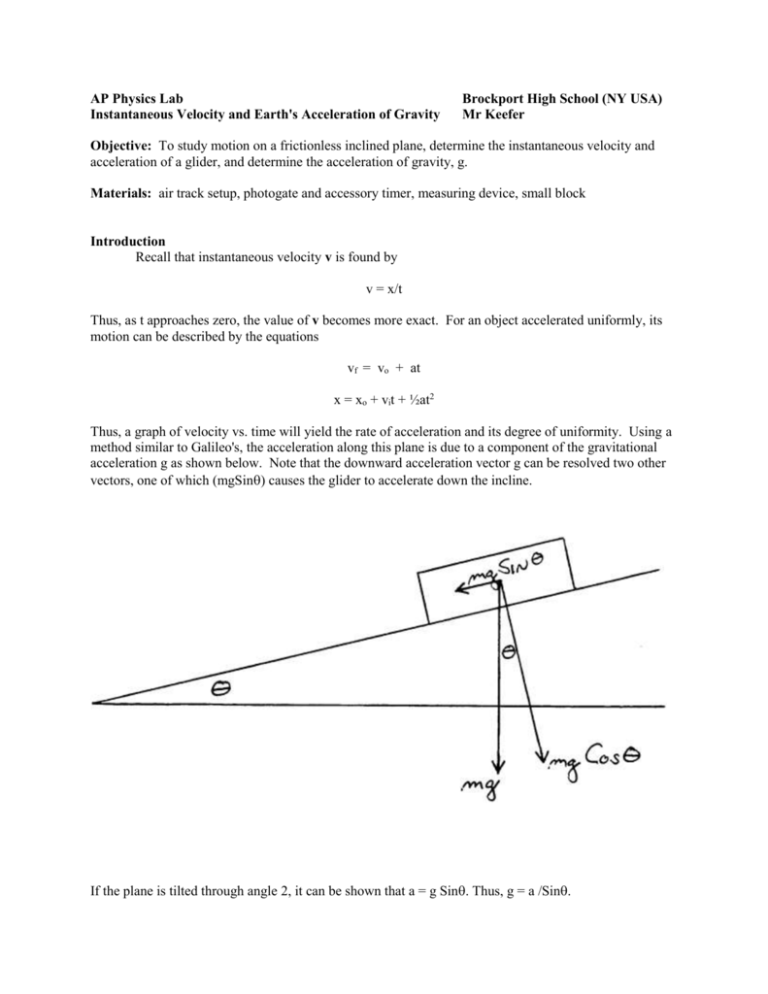

The temporal non-tidal changes of gravity exceed the level of confidence significantly. But only in 1997 was a new epoch of long-term investigation initiated. The geodynamic studies and recent crustal deformation using temporal gravity variations by our lab were early started in 1994 in Aswan region. The co-seismic and post-seismic signature of the seismic events on temporal gravity variations nowadays are widely monitored by GRACE Satellite Gravimetry. The correlation between temporal gravity variations have not direct relation to Earthquake activities but if the variations of gravity field are inhomogeneous in the space-time distribution it cloud reflect clearly the development and occurrence of earthquake. The ongoing gravity and GPS observations can monitor the crustal movements by detecting the vertical component of recent crustal movement and mass redistribution. Temporal gravity variations approved an important method for detecting the vertical movement of recent crustal deformation. In the past few years, renewed interest in the geoid arose when the concept of satellite altimetry was proposed to measure the distance from the satellite to some area on the ocean surface. Such accuracy can be obtained by using data currently available. For some applications of undulation information, undulation standard deviations of the order of ±5 m would be sufficient (Rapp, 1974). Regional geoid determinations have been made by astro-geodetic techniques. The actual determination of global geoids has been carried out by using gravimetric data, satellite‐derived information related to the gravitational field of the earth, or a combination of the two techniques. Currently and in the future, undulation information can also be used in geophysical studies related to crustal structures and in oceanographic studies related to sea surface topography. Knowledge of geoid undulations with respect to some reference surface was needed for the determination of the figure of the earth, for the precise reduction of distance measurements to a reference ellipsoid, and for the determination of the geocentric location of points on the surface of the earth. The determination of the geoid has been one of the prime goals of geodesy. Other two tide gravimeters ET16 and ET 18 (German instruments by scientific cooperation agreements) are running for continuous measurements and other Earth tidal study purposes. The lab has different kinds of relative gravimeters (Lacoste & Romberg models G 1043 and D 218, Scintrex CG5 and ZLS).

Three absolute gravity stations (Helwan, Aswan and Mersa Matruh) from the absolute gravity network of Egypt are located in the institute buildings, the main Absolute gravity station of Egypt is Helwan Observatory Absolute gravity station which is located in the main buildings of our institute and all are belong to our lab. Also, our lab is interested in tide gauges measurements and satellite altimetry for sea water rising and inland water monitoring. Moreover, continues gravity observations and Earth tides is an important topics for our laboratory. The Lab has staff experts in the field of detailed, precis and micro-gravity applications, the applications of the gravity in Geodesy and geodynamics and different applications of satellite gravimetry. The lab is the only one in Egypt specializing in the field of gravity and its various applications in geodesy and applied geophysics. Egypt – Japan seminar on Preservation of World Heritages by Advanced Technologies.Scientific Facts and Newest Discoveries.

NRIAG International Relation and Training.Environmental & Engineering Applications.Transient ElectroMagnetic (TEM) Technique.Egyptian National Seismic Network (ENSN) Lab.


 0 kommentar(er)
0 kommentar(er)
